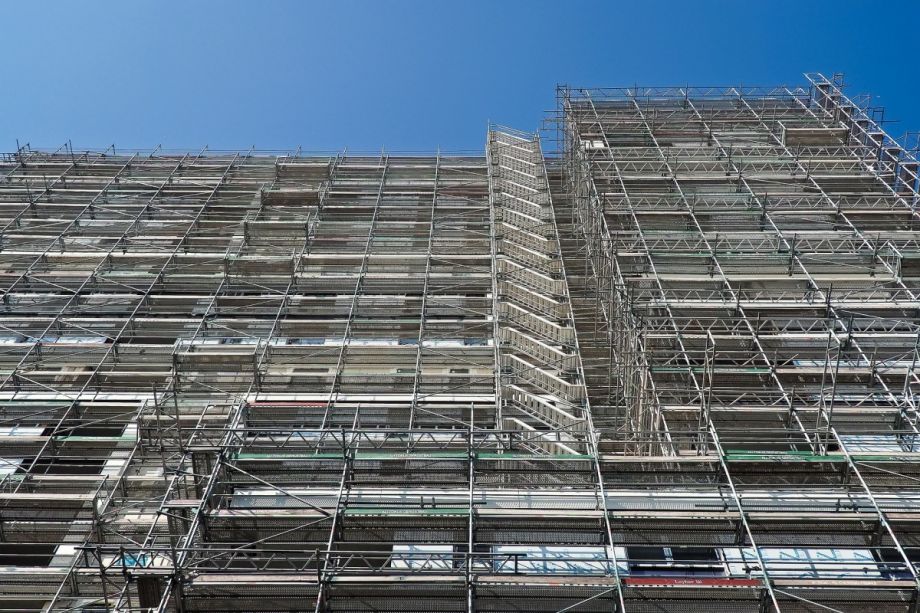Last week, a New York Times story vividly documented the prejudice against low-income households that keeps U.S. housing markets largely segregated. The article opened with a scene from a Houston elementary school auditorium where members of an upscale community were crying out against a proposed low-income housing development in their neighborhood. “The outcome was familiar,” wrote the Times reporters. The project was defeated. The developer would have to go somewhere else, probably somewhere less wealthy, and less white.
The New York Times pointed at the Low-Income Housing Tax Credit (LIHTC) program for keeping cities segregated. In the paper’s analysis of federal data, it found that projects using LIHTCs, the nation’s biggest source of funding for affordable housing, are disproportionately built in majority nonwhite communities. Their analysis found that, while only a third of census tracts in metropolitan areas have a majority nonwhite population, 54 percent of LIHTC projects have been built in those census tracts since 2000.
The article sparked a robust debate in my Twitter feed.
Housing subsidies don’t cause segregation any more than food banks cause hunger. Racism—not aid—causes segregation. https://t.co/P2nWXxRtqg
— Jerry Jones (@JerryJonesICLC) July 3, 2017
It was also curious that the Times story did not mention a key Supreme Court ruling on the pattern of where low-income housing tends to be located.
no mention of the 2015 Supreme Court ruling on this very issue? (or the 2016 lower court’s remand https://t.co/uzq5AVhzSm)
— Rachel Cohen (@rmc031) July 3, 2017
No one is disputing the pattern of where LIHTC projects have been built, but new research contradicts the Times’ take. According to analysis by Stanford researchers Rebecca Diamond and Tim McQuade circulating this week (soon to be published in the Journal of Political Economy), LIHTC projects actually reduce segregation in neighborhoods after they are built.
The researchers say that LIHTC development revitalizes low-income neighborhoods, increases house prices 6.5 percent, lowers crime rates, and attracts racially and income diverse populations. They analyzed a decade’s worth of relevant data around more than 7,000 developments built with federal tax credits in 15 states, according to The Washington Post.
“The introduction of affordable housing leads to decreased segregation in lower income areas,” they write.
If that’s the case everywhere, that’s huge news for the LIHTC program, which is connected to more than 80,000 units of affordable housing a year at an annual cost of almost $8 billion. From 1987 to 2015, LIHTCs have financed 45,905 projects, totaling 2.97 million housing units. An average of over 1,460 LIHTC projects and 110,000 units were placed in service annually between 1995 to 2015, according to HUD.
All that said, the LIHTC program still can’t do anything about personal housing preferences — and white homeowners like those in that Houston meeting. The Stanford researchers found that LIHTC construction in neighborhoods with median incomes above $54,000 leads to housing price declines of approximately 2.5 percent within 0.1 miles of the development site — but only in neighborhoods that were majority white to begin with.

Oscar is Next City's senior economic justice correspondent. He previously served as Next City’s editor from 2018-2019, and was a Next City Equitable Cities Fellow from 2015-2016. Since 2011, Oscar has covered community development finance, community banking, impact investing, economic development, housing and more for media outlets such as Shelterforce, B Magazine, Impact Alpha and Fast Company.
Follow Oscar .(JavaScript must be enabled to view this email address)
















